
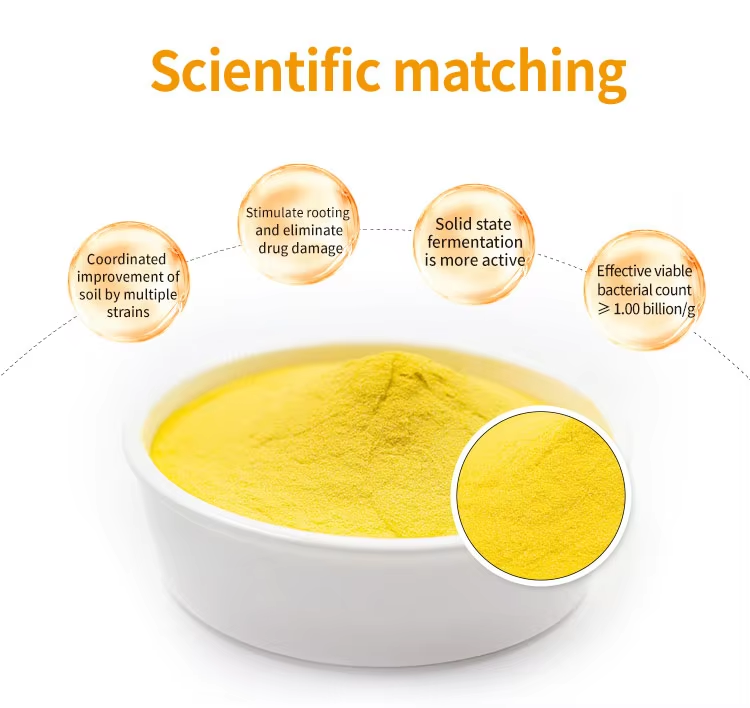
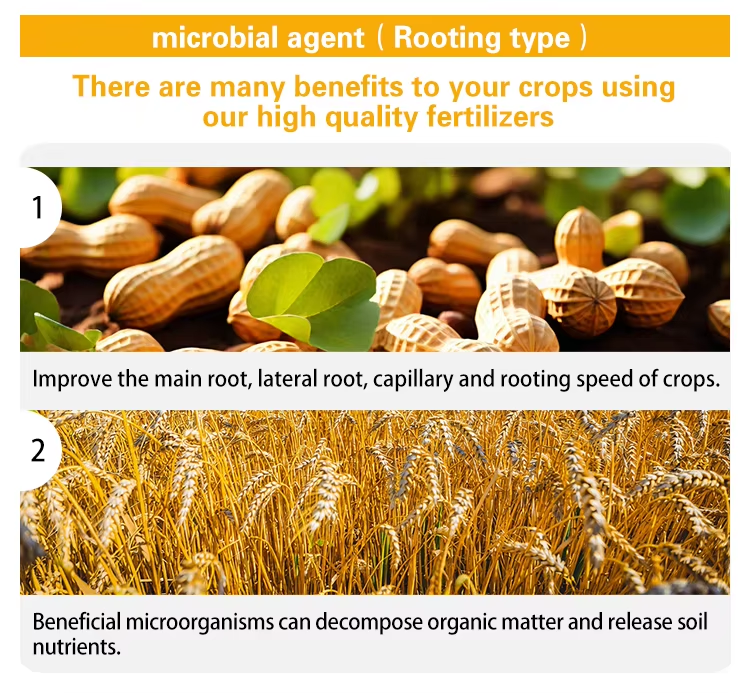
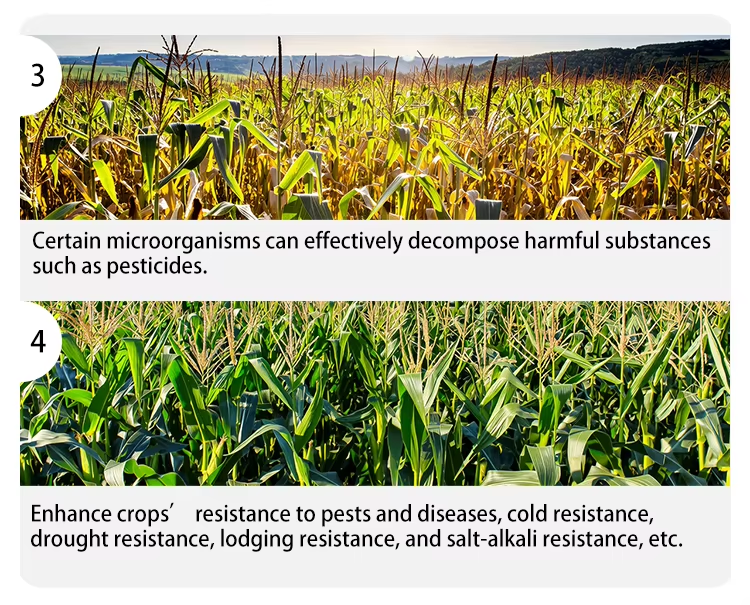
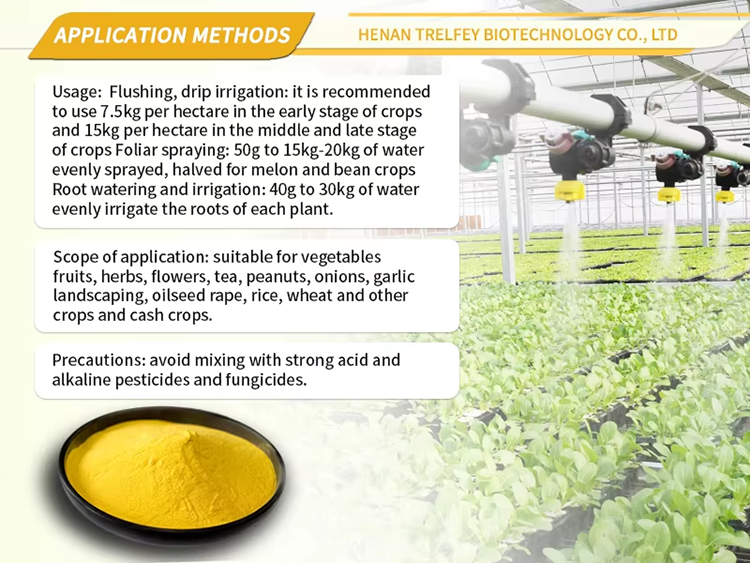
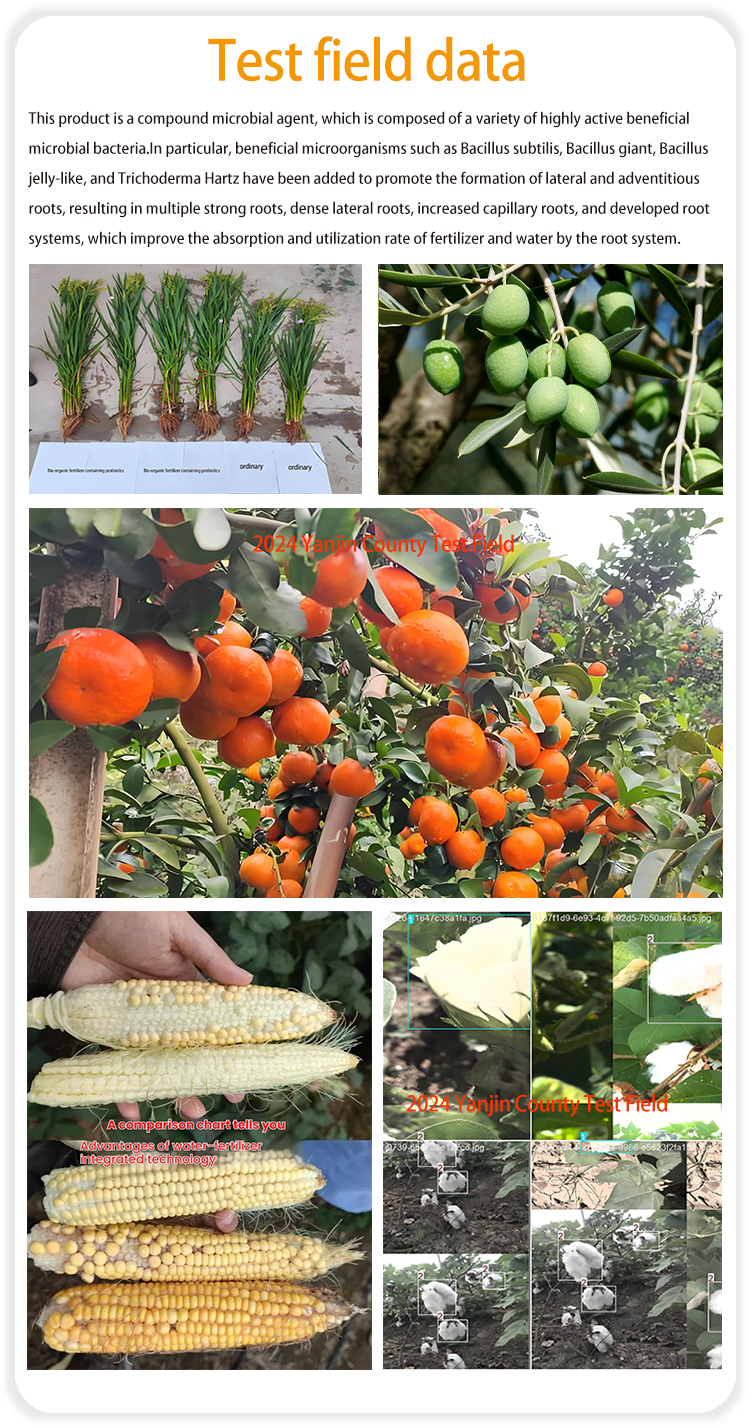
Supercharge Root Development with Advanced Microbial Agent Rooting Type
Microbial Agent Rooting Type is a premium, high-potency biological stimulant specifically engineered to revolutionize root system architecture and dramatically enhance crop establishment and yield. This powerful formula, dominated by the elite biocontrol agent Trichoderma harzianum and fortified with three synergistic Bacillus strains, delivers unparalleled root proliferation, soil conditioning, and disease protection. For agricultural wholesalers and large-scale farming operations, this product provides a scientifically-backed solution to the universal challenges of poor root development, soil-borne diseases, and nutrient inefficiency.
The Critical Role of a Healthy Root System
A robust and extensive root system is the undisputed foundation of a high-yielding crop. It is the primary organ for water and nutrient uptake, provides physical anchorage, and determines a plant’s resilience to environmental stresses. Our Microbial Agent Rooting Type is meticulously designed to build this foundation, ensuring crops reach their full genetic potential from the ground up.
Unveiling the Science: Our Powerful Microbial Consortium
This agent is not a simple mixture but a strategically balanced consortium of four elite microorganisms, each selected for a specific and complementary role in promoting root health and soil vitality.
Trichoderma Harzianum (50%) – The Root Stimulator & Protector
This dominant strain is a workhorse of biological control and growth promotion. It directly secretes natural plant hormones like Auxins (IAA) and Gibberellins, which stimulate rapid cell division in root tips, leading to explosive growth of lateral and capillary roots. Concurrently, it acts as a living shield around the rhizosphere, producing enzymes (chitinases, glucanases) that parasitize and suppress pathogenic fungi responsible for root rot.
Bacillus Subtilis (17%) – The Rhizosphere Guardian
This bacterium rapidly colonizes root surfaces, forming a protective biofilm that outcompetes harmful pathogens for space and nutrients. Its metabolic output includes antibacterial compounds and additional growth-stimulating substances, further safeguarding and encouraging root development.
Bacillus Megaterium (17%) – The Phosphorus Liberator
A highly efficient phosphate-solubilizing bacterium, it unlocks insoluble phosphorus fixed in the soil, converting it into a plant-available form. This action provides a direct and readily absorbable nutrient supply to the newly formed roots, fueling their growth.
Bacillus Mucilaginosus (17%) – The Potassium Mobilizer & Health Booster
This strain specializes in releasing potassium from silicate minerals, improving potassium availability. It also contributes to nitrogen fixation and produces organic acids that improve the rhizosphere environment, promoting overall root system longevity and function.
Unbeatable Benefits for Growers and Distributors
Dramatically Enhances Root Architecture & Mass
Witness a transformation in root density with a significant increase in primary, lateral, and hair-like capillary roots. This leads to a vastly improved capacity for water and nutrient absorption, directly translating to superior plant vigor and growth rates.
Provides Powerful Defense Against Soil-Borne Diseases
The combined action of Trichoderma harzianum and Bacillus subtilis creates a formidable barrier against root rot pathogens like Fusarium, Rhizoctonia, and Pythium, significantly reducing crop losses and the need for chemical fungicides.
Improves Soil Health & Nutrient Use Efficiency
These microbes actively restructure the soil, enhance its porosity, and unlock bound nutrients. This means farmers get more value from their existing fertilizer applications, a key selling point for fertilizer wholesale factories promoting cost-effective solutions.
Boosts Abiotic Stress Tolerance
Plants treated with this agent demonstrate remarkable resilience to drought, salinity, and temperature fluctuations due to their larger and healthier root systems, ensuring more stable production in challenging environments.
Universally Effective for a Wide Range of Crops
This versatile agent is exceptionally beneficial for all crops where root development is critical to yield, making it a perfect product for distributors serving diverse agricultural sectors:
-
Vegetables: Tomatoes, peppers, cucumbers, leafy greens, onions
-
Fruits: Bananas, citrus, mangoes, strawberries, grapes
-
Cash Crops: Coffee, cocoa, oil palm, sugarcane, cotton
-
Grains & Cereals: Maize, rice, wheat
-
Specialty Crops: Ginger, turmeric, medicinal herbs, nursery seedlings, and ornamentals.
Precise Application Guidelines for Maximum ROI
Drip Irrigation / Fertigation
-
Early Growth Stage: 7.5 kg/ha
-
Mid to Late Season: 15 kg/ha
-
Application: Apply with irrigation water. Best results are achieved when the product is activated in a warm, sugary solution (e.g., molasses) for 30 minutes prior to application to wake up the microbes.
Foliar Spray
-
Dilution: 50g per 15-20L of water (for most crops).
-
Note: For melons and legumes, use half this concentration (25g per 15-20L).
Root Drench / Soil Soaking
-
Dilution: 40g per 30L of water.
-
Application: Apply the solution directly to the root zone of each plant, ensuring thorough soaking. Ideal for transplanting.
Important Handling & Precautions Information
-
Compatibility: Do not mix with strong acidic/alkaline pesticides or chemical bactericides. If chemical applications are necessary, allow a 7-10 day interval.
-
Storage: Maintain product efficacy by storing in a cool, dry, and shaded place. Avoid moisture and direct sunlight.
-
Safety: Fully compliant with strict heavy metal limits (As<75mg/kg, Pb<100mg/kg, Cd≤10mg/kg, Cr<150mg/kg, Hg<5mg/kg), ensuring crop and soil safety.
(FAQ)
How quickly will I see results?
Enhanced root growth and plant vitality are typically visible within 10-14 days after application. The most significant results are observed at harvest through improved yield and quality.
Is this product safe for organic farming?
Yes. It is composed entirely of natural, non-GMO microorganisms and is an ideal input for organic and sustainable farming systems.
Can it be used alongside mycorrhizae?
Absolutely. It can form a highly complementary relationship with mycorrhizal fungi, creating a super-charged biological ecosystem around the roots.
What is the shelf life?
The product maintains a high viable count for 12 months when stored under the recommended conditions.
Explore Our Complementary Biological Products
Maximize your soil and crop health strategy by pairing this rooting agent with our other innovative solutions:
-
Anti-continuous Cropping Microbial Agent: To break down toxins and combat soil fatigue.
-
Seaweed Extract with Potassium: For enhanced stress tolerance and plant vigor.
-
Liquid Humic Acid: To improve soil structure and nutrient retention.
-
References & Further Reading
Conclusion: Build a Stronger Foundation for Higher Profits
For wholesalers and commercial growers, our Microbial Agent Rooting Type is a game-changing tool that directly addresses the root cause of limited yields. By investing in superior root health, you invest in predictable, high-quality, and profitable harvests, season after season.
If you are interested in this article, or have any questions that need to be answered,
You can find us at any time through the chat icon in the lower right corner of the webpage. Of course, you can also check out our other social media (such as Linkedin) to learn more about us. If you need to know more products, please click on our store.
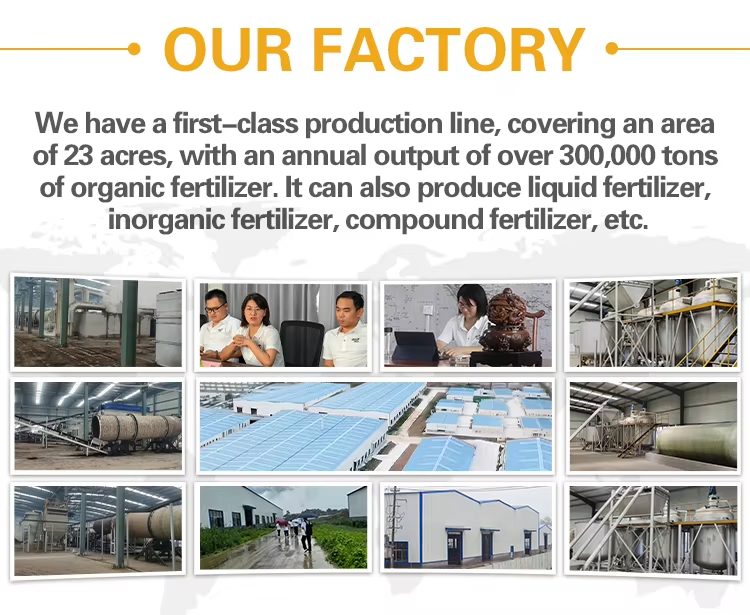
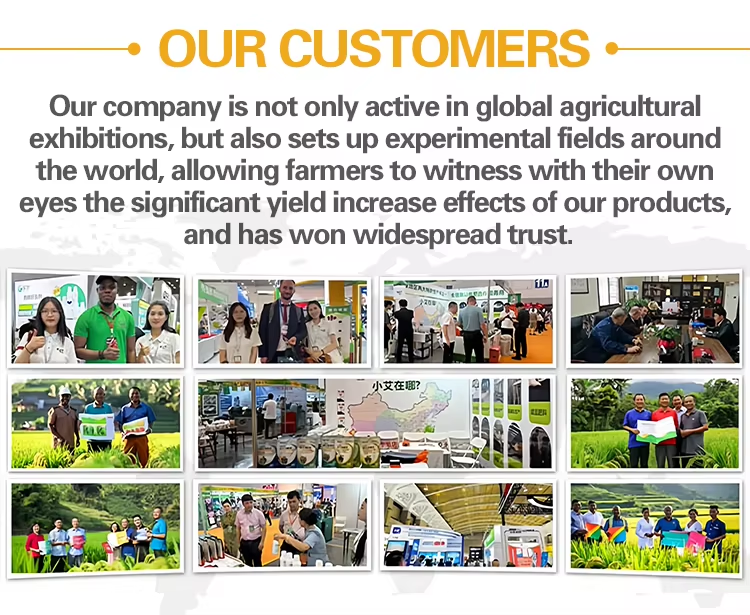
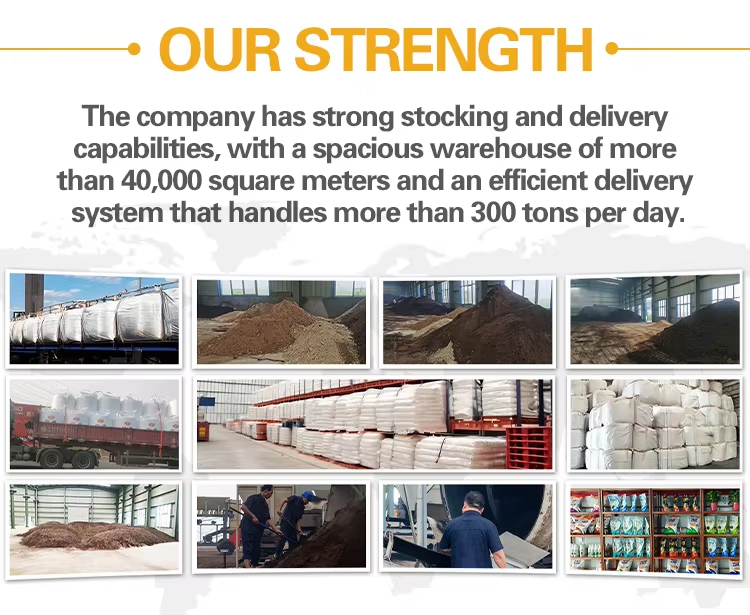
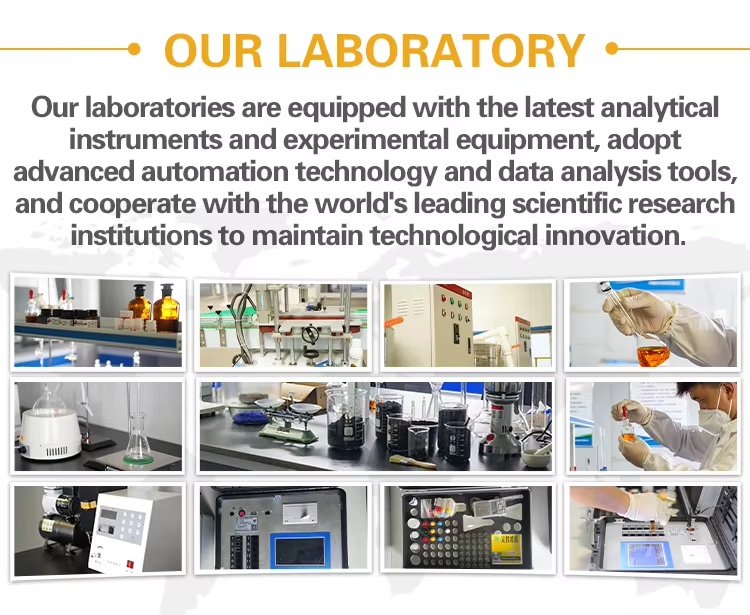

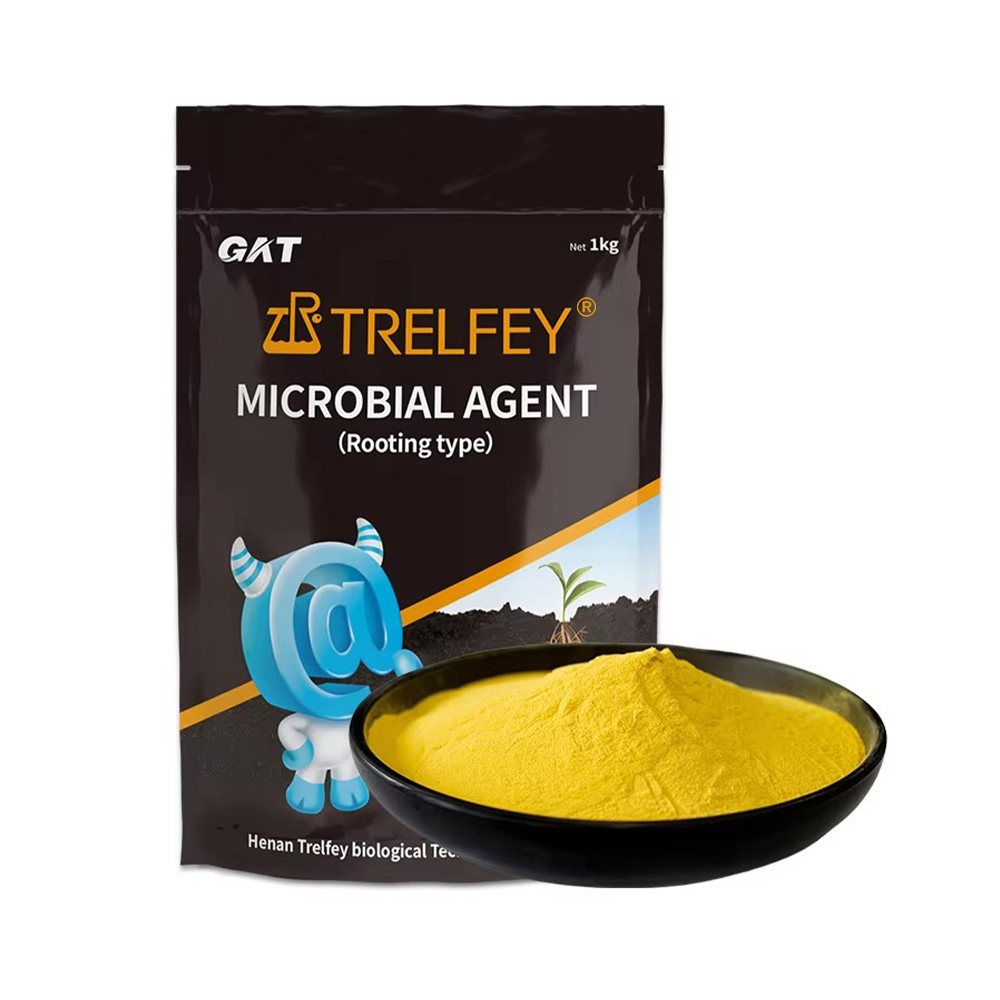
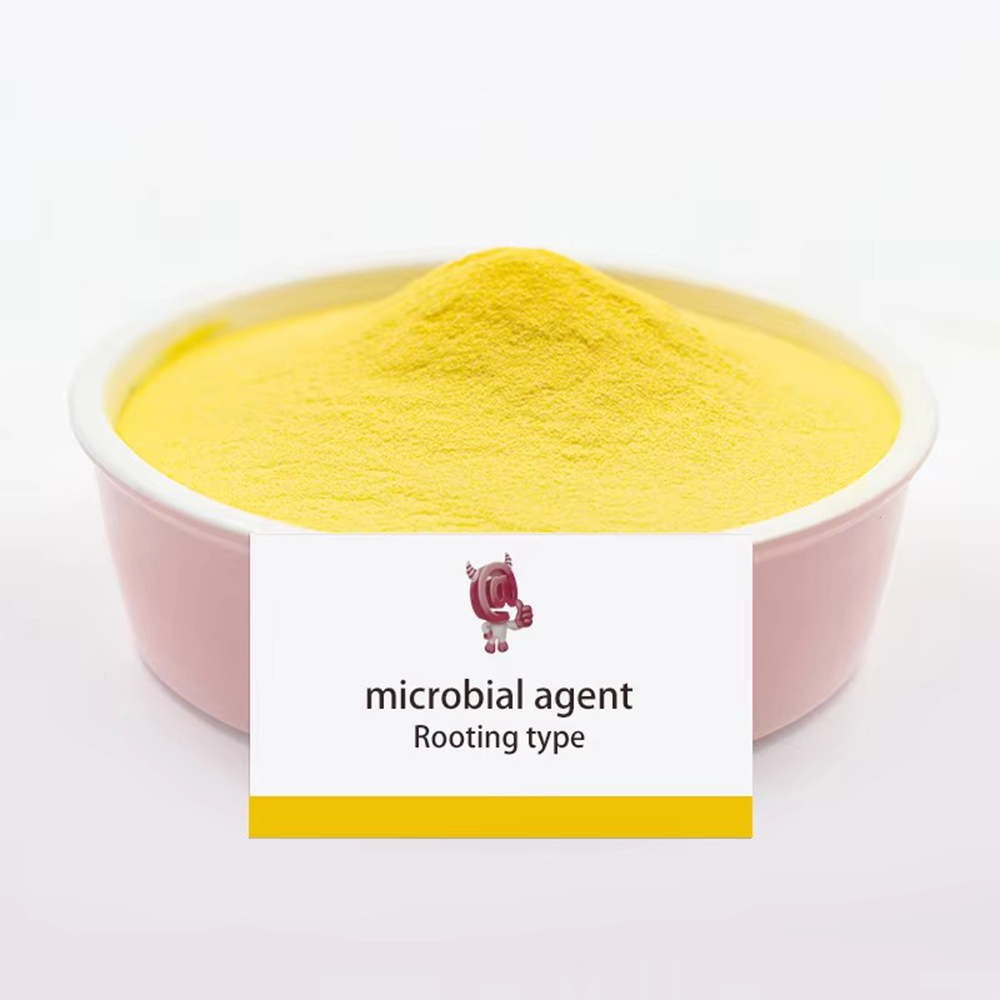
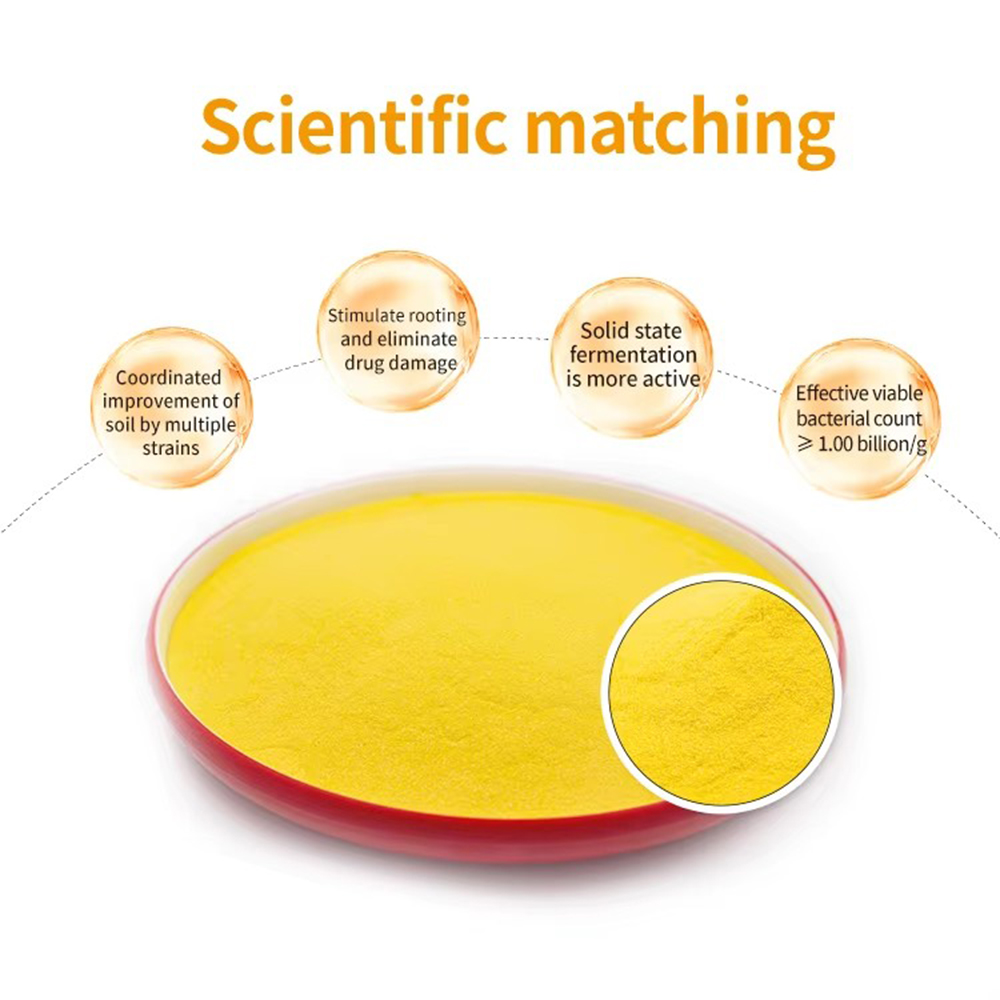
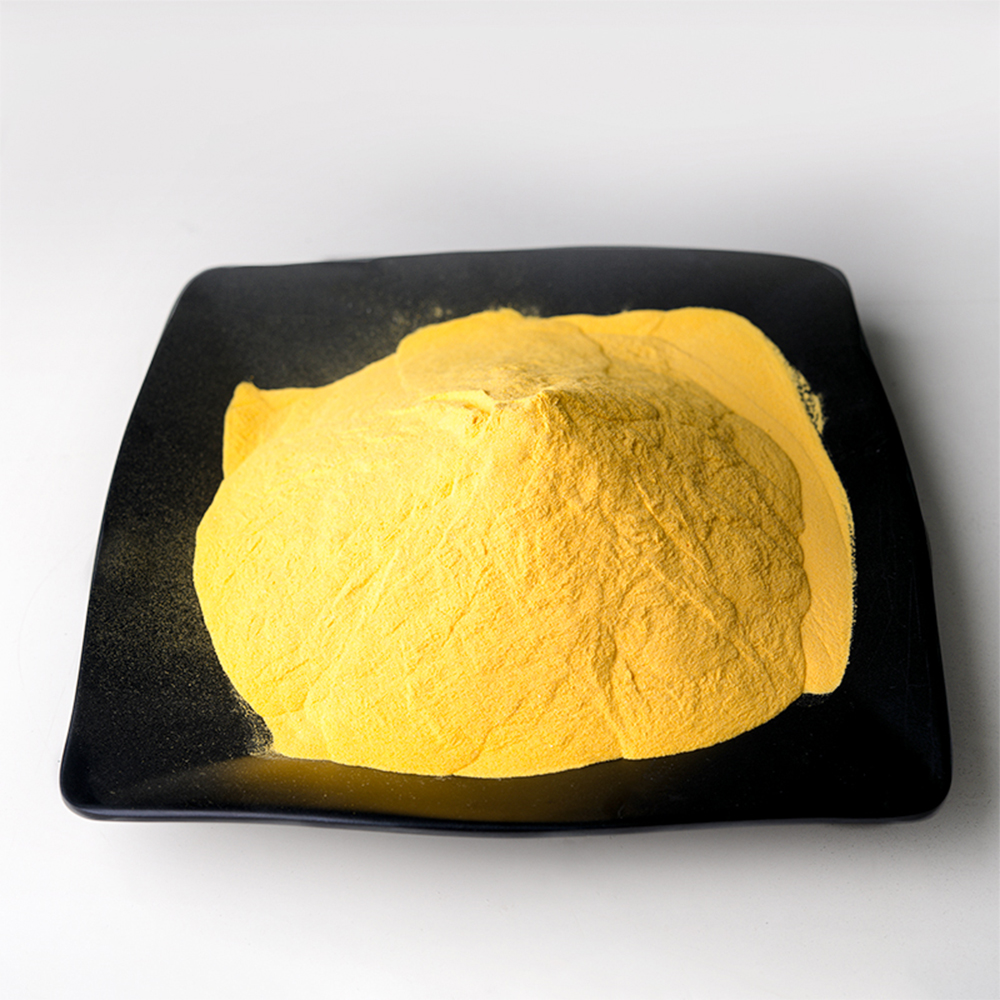
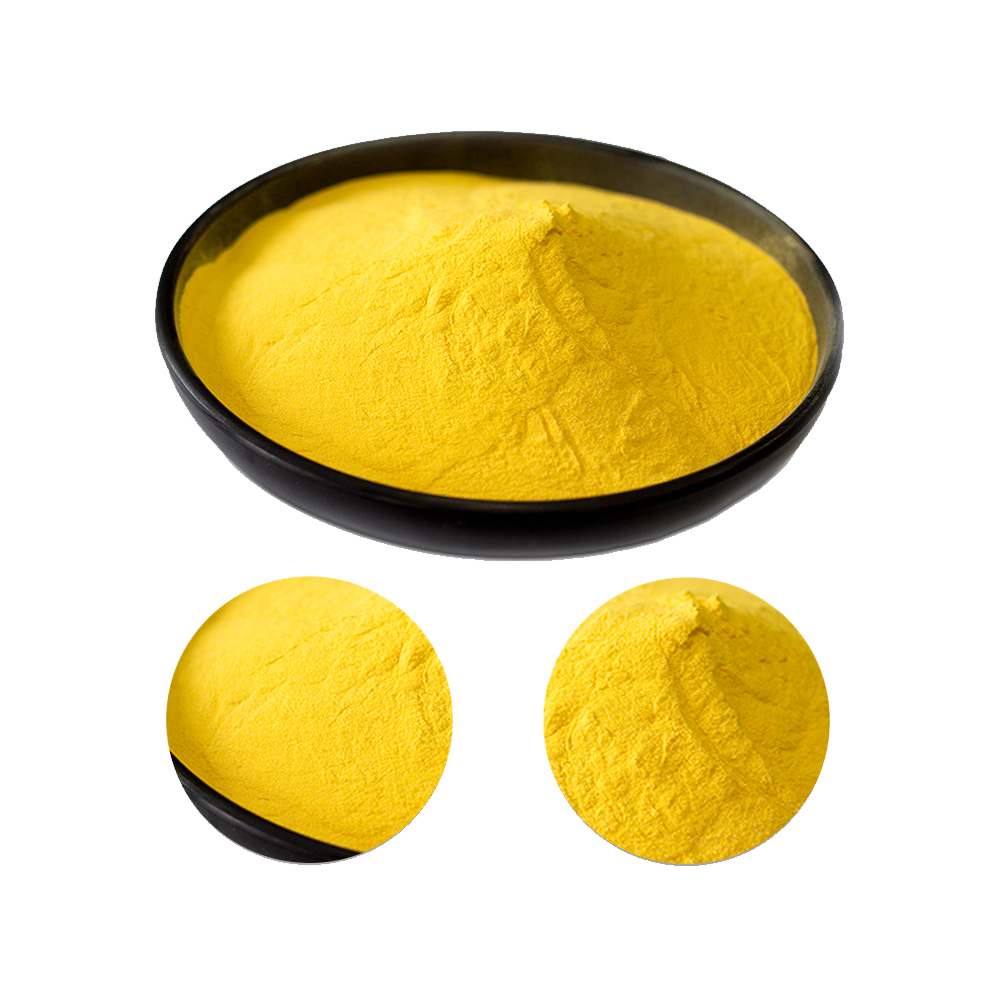
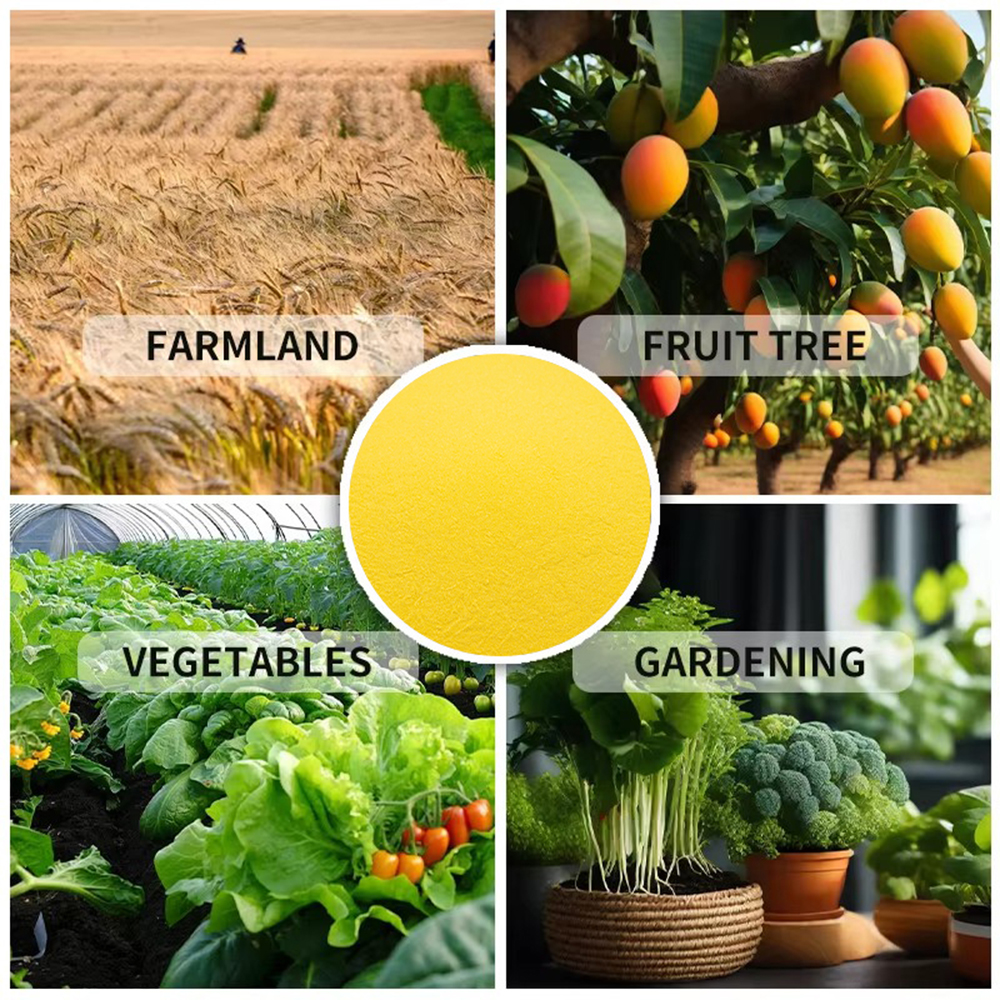
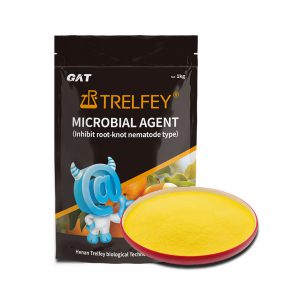
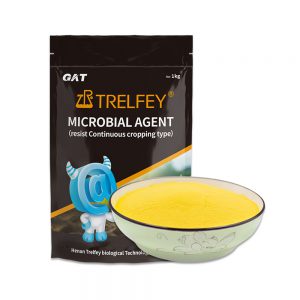
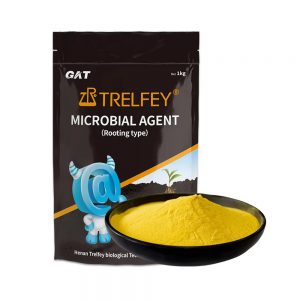
Henry –
Chili peppers have a well-developed root system and super drought resistance, and they don’t wilt in high temperature days!
حمزة العبيدي –
فعالة ولكن تتطلب إعداد التربة بشكل صحيح. عندما جمعناه مع السماد ، كانت النتائج ممتازة.
Diego Rojas –
Enraizamiento espectacular! Los esquejes de mi viña desarrollaron raíces en la mitad de tiempo.
Amélie Girard –
Agent microbien miracle! Taux de réussite de 95% pour mes boutures d’hortensias cette année.
Antonio V –
¡Enraizamiento rápido en esquejes de olivo!
Emily Carter –
Root explosion in 5 days! My cuttings establish 2x faster. Never seen such vigorous root development.
Chantal Leroux –
Idéal pour les boutures !
Steve Clark –
Fantastic product.
Carlos Mendez –
Rooting success improved!
Steve –
Fantastic for root growth! My cuttings establish faster now.
Lisa –
My cutting success rate has doubled. Roots develop faster and are much stronger. Highly recommend for propagation.
Joshua Scott –
I used this rooting agent on my cuttings, and the success rate has improved dramatically.
Janet –
Very impressed.
Paul S –
The best rooting stimulant I’ve used. Cuttings establish much faster and with a higher success rate.
Alex –
The root development was significantly better than the control group.
Daniel Lee –
I used this on my new fruit tree cuttings.